Metal Casting Foundry Processes – Metal casting foundry processes involve the creation of metal objects through the melting of metal alloys and pouring the molten material into molds, which are then allowed to cool and solidify.
The first step in metal casting is patternmaking, where a pattern is created as a replica of the final product, and this pattern is used to make the mold.
Once the mold is prepared, the metal is melted in a furnace and poured into the mold cavity, taking the shape of the pattern and forming the desired object.
After casting, the metal undergoes a cooling and solidification process, during which the material hardens and takes the final shape of the intended product.
Post-casting processes such as cleaning, machining, and finishing are then carried out to remove any excess material, improve surface quality, and achieve the desired specifications for the final metal casting.
What Are Basic Steps in Casting Process ?
The basic steps in the casting process typically include:
Patternmaking
The first step involves creating a pattern, which is a replica of the final object.
This pattern is usually made from wood, metal, or plastic and serves as a template for the mold.
Mold Preparation
The pattern is used to create a mold, which is a cavity that will hold the molten metal.
Molds are typically made from materials like sand, plaster, or metal, depending on the casting method.
Melting the Metal
The metal or alloy to be cast is melted in a furnace.
The temperature is carefully controlled to ensure the metal is in a liquid state for pouring.
Pouring
The molten metal is poured into the prepared mold.
Care must be taken to ensure that the metal fills the entire mold cavity and that there are no air pockets or voids.
Cooling and Solidification
Once poured, the molten metal begins to cool and solidify, taking the shape of the mold.
This phase is crucial for the formation of the final product.
Demolding
After the metal has solidified and cooled, the mold is removed to reveal the cast object.
This can involve breaking apart the mold for certain materials or using a more intricate demolding process.
Cleaning and Finishing
The cast object often requires post-casting processes to remove any excess material, such as flashing or gating, and to improve the surface finish.
Machining, grinding, or other techniques may be used for this purpose.
Inspection and Quality Control
The final step involves inspecting the cast object for any defects or imperfections.
Quality control measures ensure that the product meets the specified standards and requirements.
These steps may vary slightly depending on the specific casting method employed, as there are various techniques such as sand casting, investment casting, die casting, and more, each with its own variations in the process.
Read More: 5 Custom Electronics Manufacturing Services, You Should Know in 2024
Different Types of Metal Casting Foundry Processes
There are several casting processes, each suited to different applications and materials.
Here are six different types of casting processes:
Sand Casting

Sand casting is a widely employed and versatile casting process that involves creating a mold using a mixture of sand and a binder material.
The process begins with the formation of a pattern, typically made of wood or metal, which is then pressed into the sand to create a mold cavity.
Molten metal is poured into this cavity, and once it solidifies, the mold is broken to reveal the cast object.
Sand casting is well-suited for both ferrous and non-ferrous metals, making it a preferred method for producing large and intricate components, such as engine blocks, pump housings, and various industrial parts.
Its adaptability, cost-effectiveness, and ability to handle complex shapes contribute to the widespread use of sand casting in various industries, offering an efficient and reliable means of manufacturing a diverse range of metal components.
Investment Casting
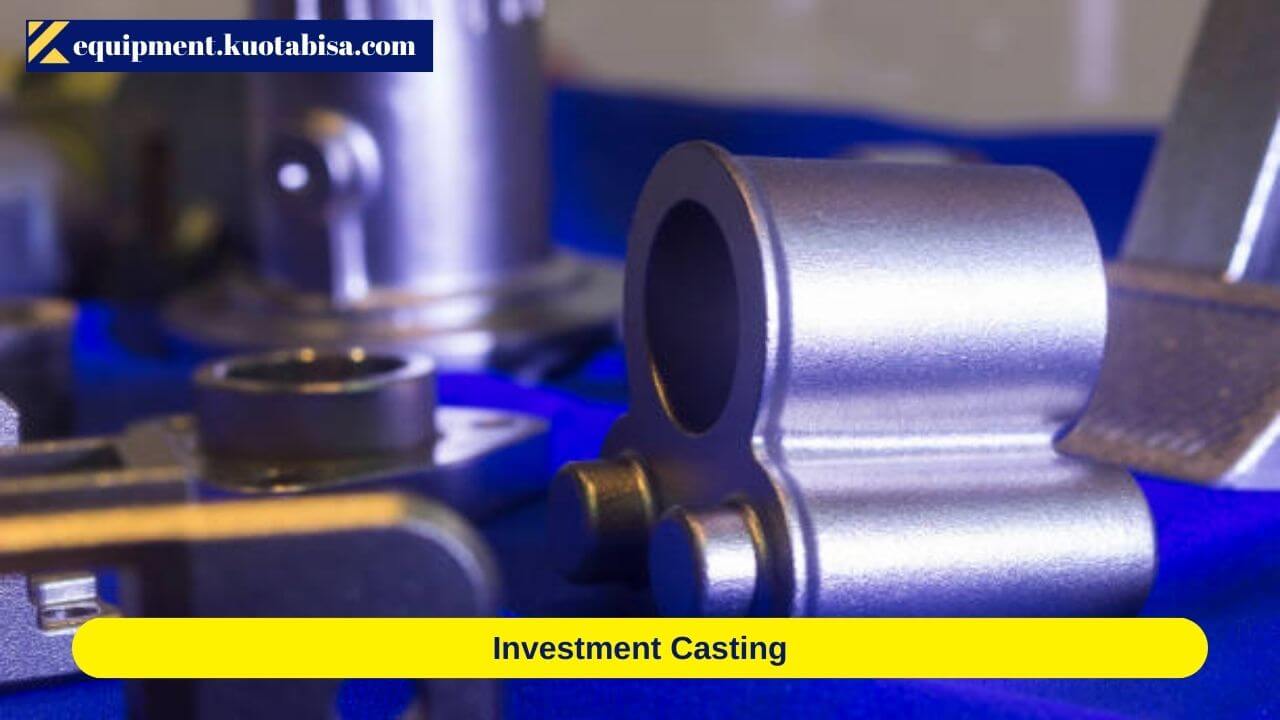
Investment casting, also known as precision casting or lost wax casting, is a meticulous process renowned for its ability to produce intricate and high-precision metal components.
The method begins with the creation of a wax or plastic pattern, representing the final product, which is coated with a refractory ceramic material to form a mold.
Once the ceramic mold sets, it is heated to remove the wax or plastic, leaving behind a hollow cavity.
Molten metal is then poured into this mold, filling the void and taking the shape of the original pattern.
Investment casting excels in producing complex parts with fine details, making it a preferred choice for industries such as aerospace, jewelry, and medical manufacturing.
Its capability to achieve tight tolerances and smooth surface finishes, coupled with the versatility to cast various metals, positions investment casting as an ideal method for crafting intricate components where precision is paramount.
Die Casting
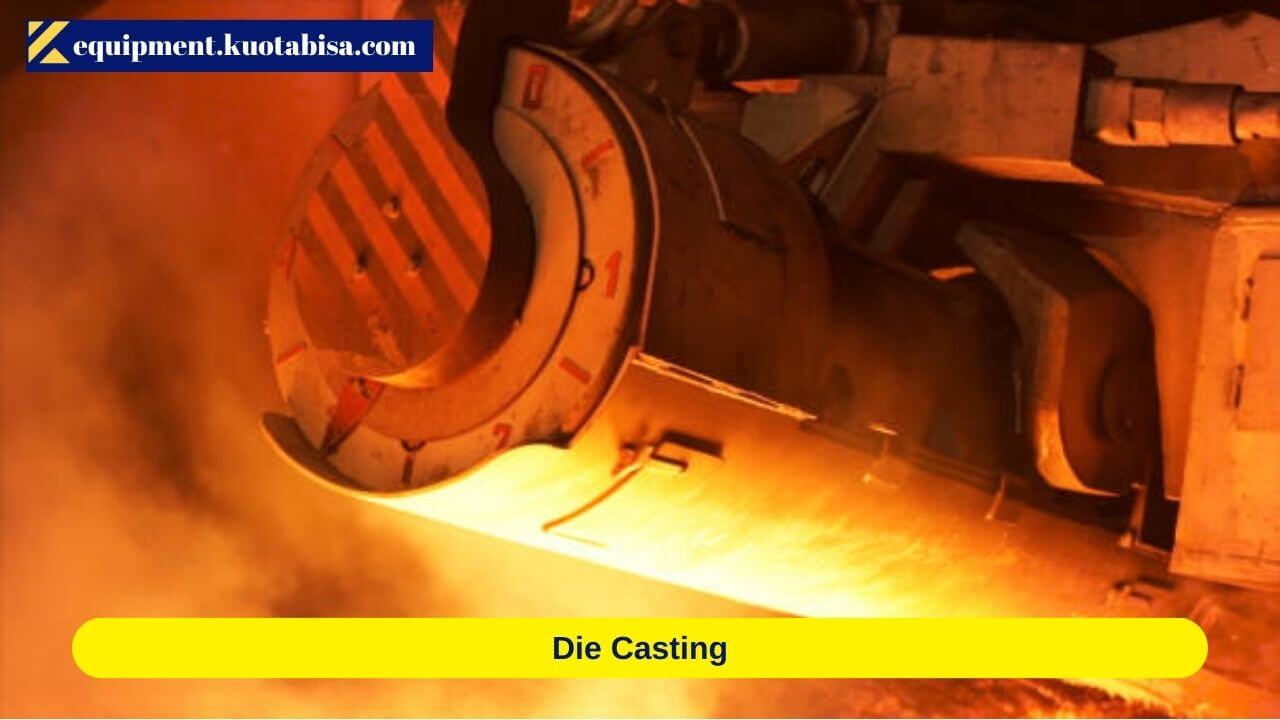
Die casting is a highly efficient and widely used metal casting process recognized for its ability to produce intricate, high-volume components with exceptional dimensional accuracy.
In this method, molten metal, typically aluminum, zinc, or magnesium, is injected at high pressure into a reusable steel mold, known as a die.
The die is designed to mirror the exact specifications of the desired product. Once the molten metal solidifies within the die, the mold is opened, revealing the finished part.
Die casting is favored for its rapid production rates, excellent surface finishes, and the capacity to create complex geometries.
It is commonly applied in the manufacturing of automotive components, consumer electronics, and various industrial products where precision, repeatability, and cost-effectiveness are crucial considerations.
Centrifugal Casting
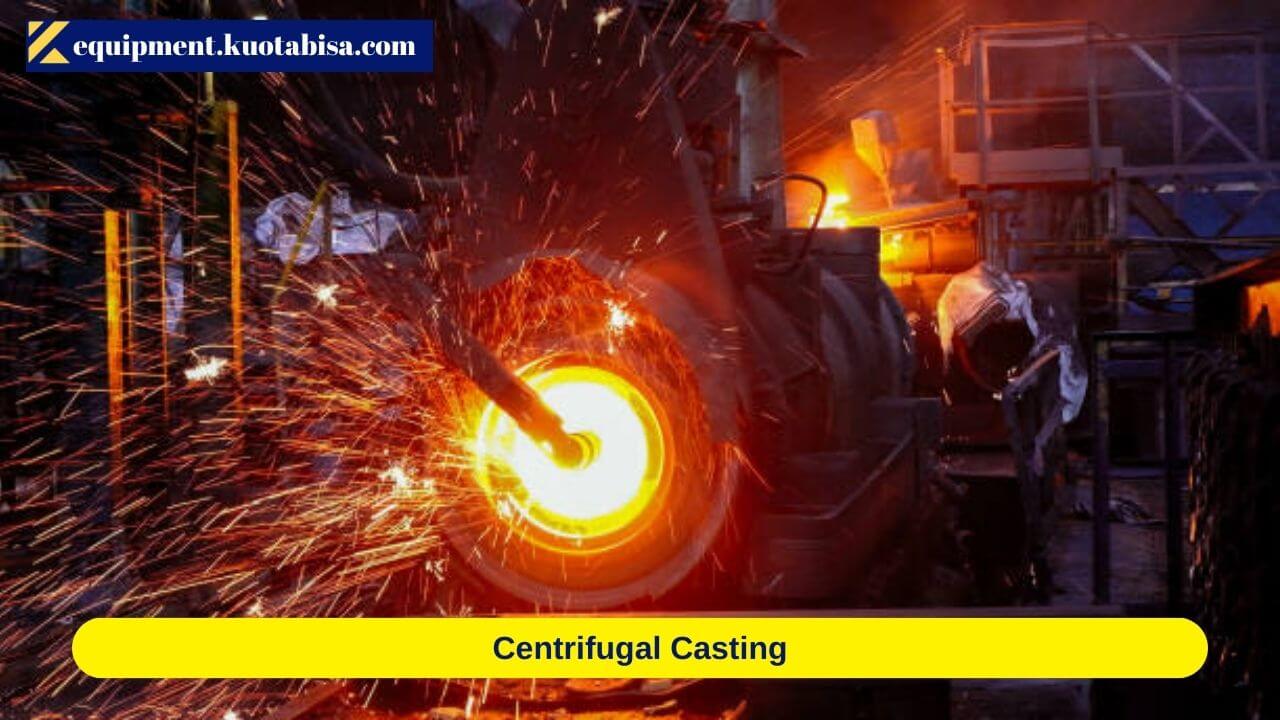
Centrifugal casting is a specialized casting process renowned for its ability to produce cylindrical components with exceptional structural integrity and uniformity.
In this technique, molten metal is poured into a rotating mold, and centrifugal force distributes the metal along the mold’s interior surface.
As the mold continues to spin, the molten metal solidifies, resulting in a hollow cylindrical shape.
This method is particularly suitable for creating products like pipes, tubes, and cylindrical components where the centrifugal force ensures a consistent distribution of the material, minimizing defects and enhancing the mechanical properties of the cast part.
Centrifugal casting is valued for its efficiency in producing durable and precisely shaped components, making it a preferred choice in industries such as manufacturing, aerospace, and infrastructure development.
Lost Foam Casting
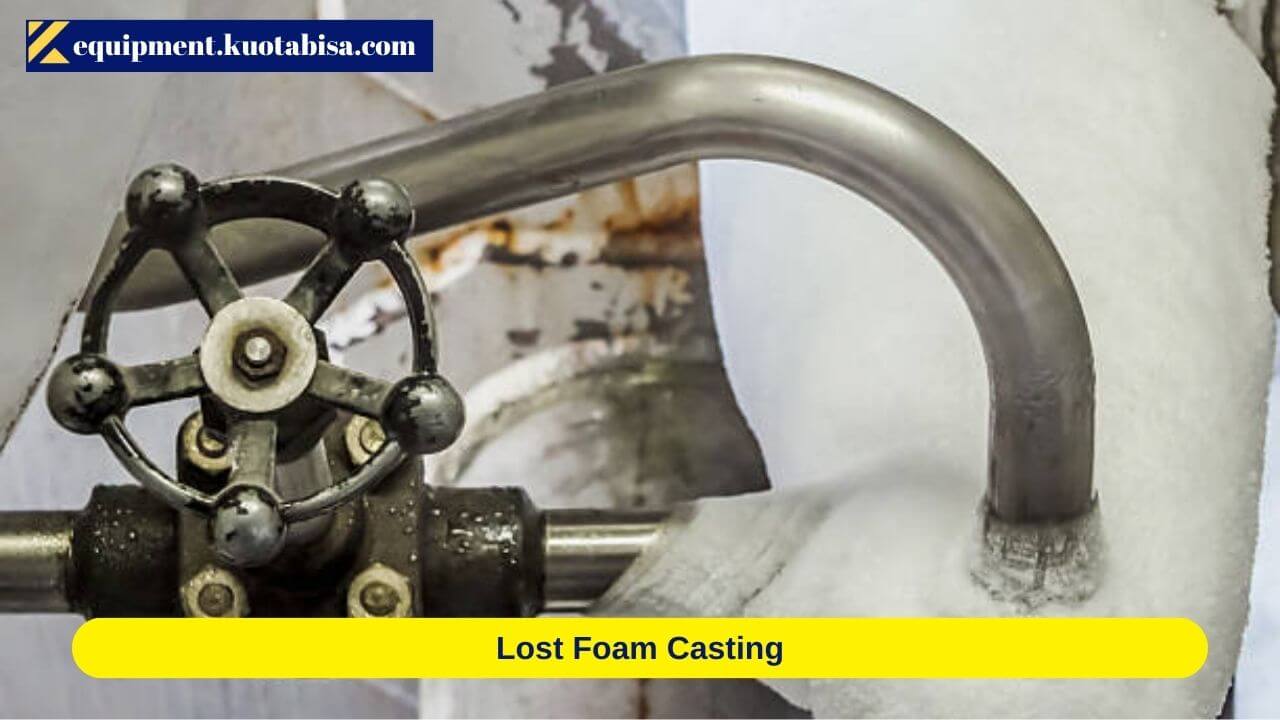
Lost foam casting, also known as evaporative pattern casting, is an innovative and efficient casting process that involves using expandable polystyrene foam as the pattern material.
The process begins with the creation of a foam pattern, representing the final product, which is then coated with a refractory material.
The coated foam assembly is buried in sand, and molten metal is poured into the mold.
As the metal enters the mold, it vaporizes the foam pattern, leaving behind a cavity that takes the shape of the original pattern.
Lost foam casting is known for its ability to produce complex and intricate parts with minimal tooling, making it suitable for applications in automotive, aerospace, and industrial manufacturing.
The method offers advantages such as near-net shape casting, reduced machining requirements, and the potential for intricate designs that may be challenging with other casting techniques.
Continuous Casting
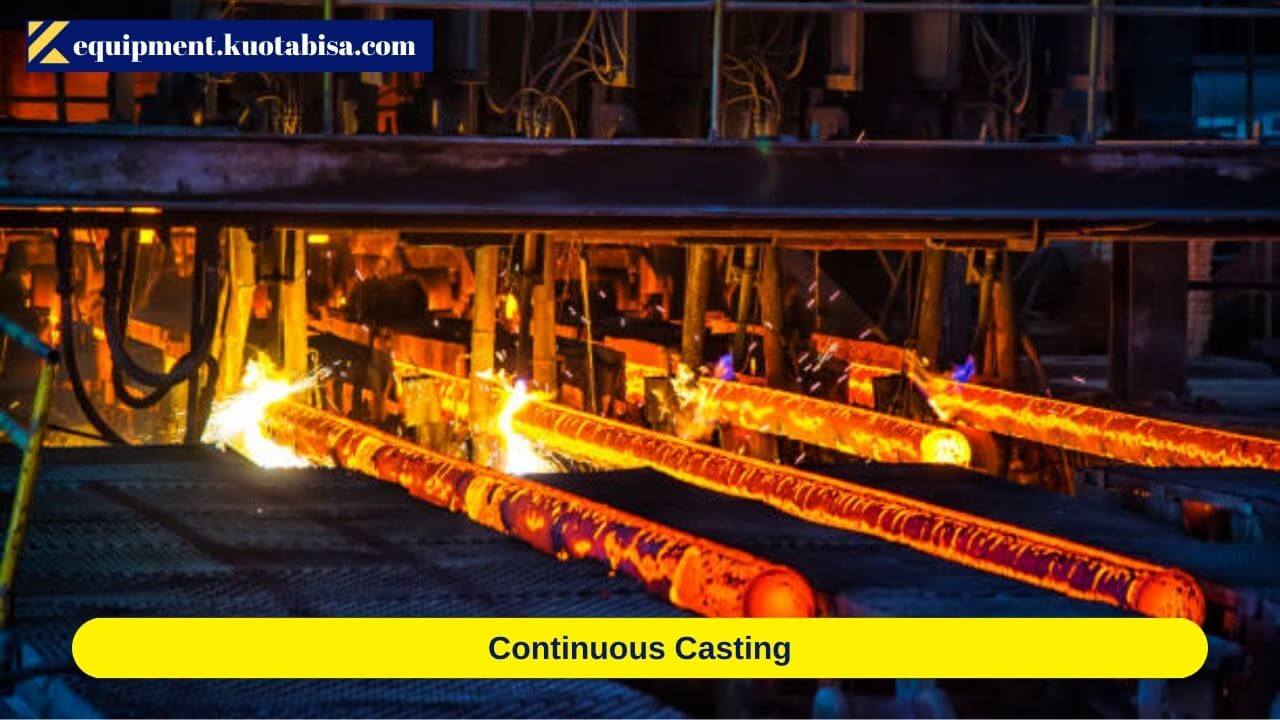
Continuous casting is a highly efficient metal casting process designed for the continuous production of semi-finished metal shapes, such as billets, blooms, or slabs.
In this method, molten metal is poured into a water-cooled mold, where it solidifies into a continuous strand or slab as it passes through the mold.
This process allows for the uninterrupted production of metal without the need for individual casting of each component.
Continuous casting is widely used in the production of steel, aluminum, and other metals, providing a cost-effective and time-saving solution for creating uniform, high-quality metal products.
It offers advantages such as improved yield, reduced energy consumption, and the ability to produce long lengths of metal with consistent properties, making it a crucial technology in the modern metallurgical industry.
Each casting process has its advantages and limitations, and the choice of method depends on factors like the material, part complexity, production volume, and required precision.
Read More: Top 7 Industrial Automation Equipment Suppliers in 2024
Conclusion
In conclusion, metal casting foundry processes encompass a diverse range of techniques, each tailored to meet specific manufacturing needs and objectives.
Whether employing traditional methods like sand casting or embracing advanced approaches such as investment casting or continuous casting, the overall goal remains consistent – to transform molten metal into precise and functional components.
These processes showcase versatility in accommodating various metals, shapes, and production volumes, contributing significantly to industries ranging from automotive and aerospace to infrastructure and consumer goods.
The choice of a particular casting method depends on factors such as complexity, precision, material requirements, and production scale.
As technology continues to advance, metal casting foundry processes evolve, emphasizing efficiency, sustainability, and the ability to achieve intricate designs.
Overall, the rich diversity within metal casting methods underscores their integral role in shaping the foundation of modern manufacturing across diverse sectors.